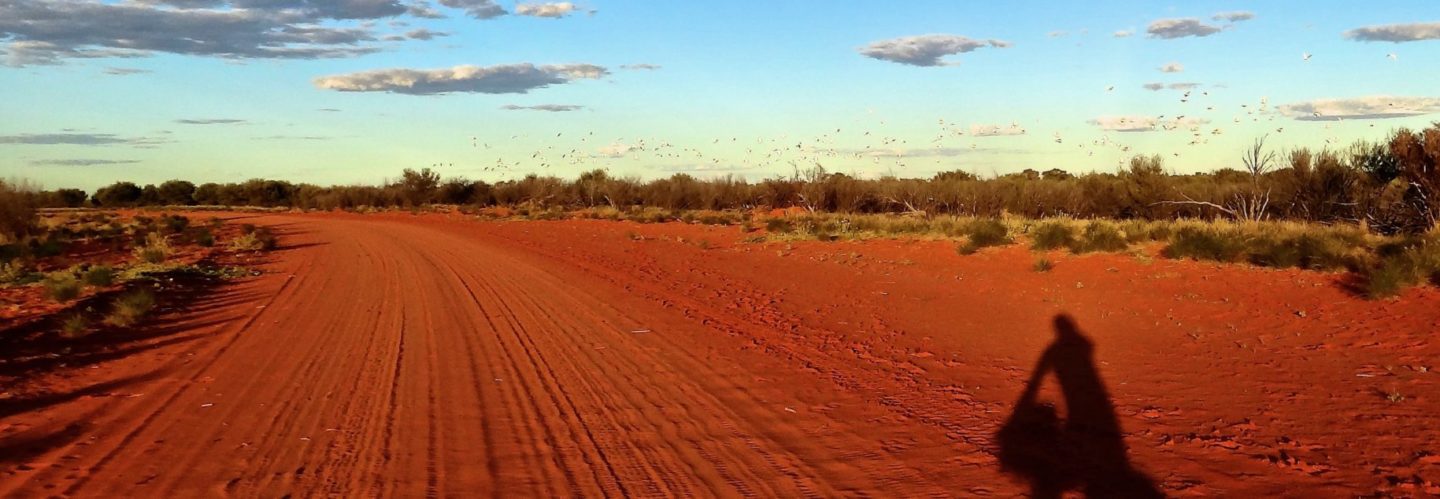When we arrived there, they met a nice couple from Spain: the German Catalina and the French Georges, with whom I spend a lovely evening! :-))
The Chuquicamata is one of the milestone as well I wanted to see. I had seen much pictures, but none of them could show me the reallity as I have feelt it.
So, how is copper gained?
First, there is two different copper. Copper oxid (light green coloured) which is found the first 300m from the surface. And then there is Copper Sulfide, which is a grey stone with some glancy parts and which is found deeper. The oxide was (is) created over the last millions of year when the sulfide gets in contact with the air.
The oxide is treated with sulfuric acid (transported in many trucks on the road) while the sulfide is “cooked” at higher temperature from which sulfuric acid is gained by condensation of the gases.
See more here:http://en.wikipedia.org/wiki/Copper_extraction_techniques
The Chuquicamata is the biggest of the three nearby mines that are located inthe north of Calama. Two others are in different region.
The dimension of the mine is today said as: 5km long, 3km large and…1km deep. It should take one hour to drive down… As the mines are getting larger, the Chuqui will be connected with the one in the south in the next years. The mine was developped in the early 1910s by north american investors and taken over by the state half a century later. Today, they still are owned by the governement, but the installations are the same as from the beginning.
The rock contains about 1% of copper. Unfortunately, they need to move three trucks of copper free rock for one of copper containing rock. Every day, about 100’000 tons of material is moved by 75 trucks who can load about 330 tons of material. Every trucks make 4 runs per 24h. And as one of four trucks transport copper, the daily production is about 250 tons which are delivered in plates (the anode of the electrolysis) of 175 kg: that is about 1400 plates that needs to be transported daily by train to the port in the north of Antofagasta.
Because the mines are getting bigger and bigger, the town called Chuquicamata (with cinema, theater, bank, places, football stadium etc) is not habitable anymore, as it gets to close to the mine. The worker were living up to now free of charge: no need to pay for the appartment or house, free water and electricity. Now the mine sell them house in Calama für 1/3 of the price, but they have to pay for water etc. The Chuqui town will remain as a museum.
A lot of number and information…
After the tour, Catalina, Georges and me decided to meet again after they had brought back their rental car. Fransisco and Daniela needed to go back to San Pedro.
Catalina & Georges: I hope to be once able to thank you again for the diner! I really appreciated your invitation and was very positrively surprised as it came unexpected! :-))
How can I take “revange”??
What an impressive day and lovely evening! :-))










